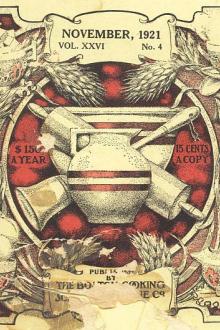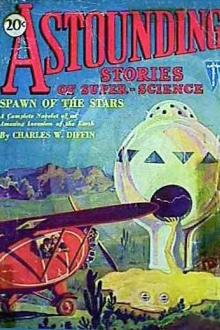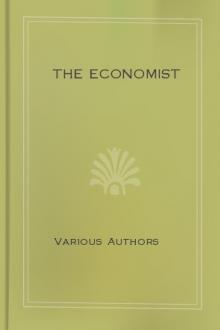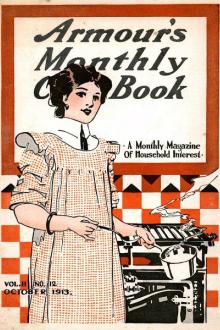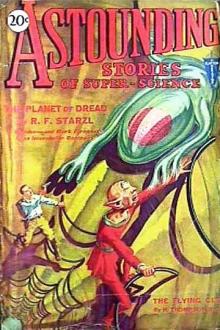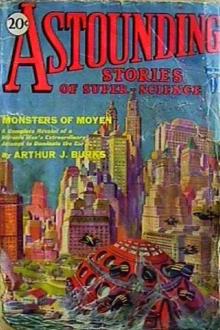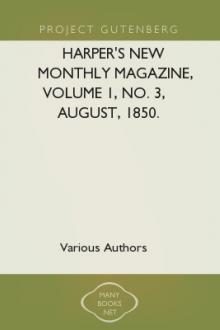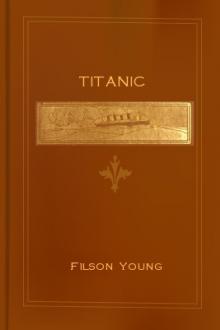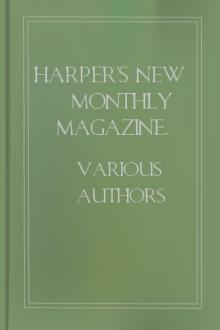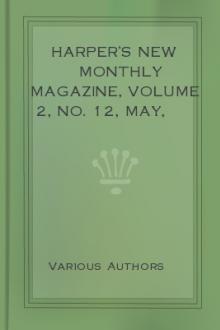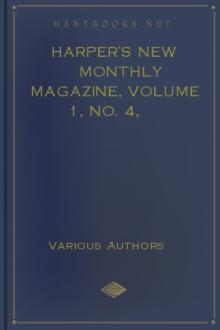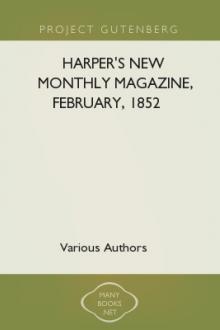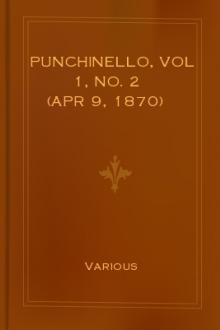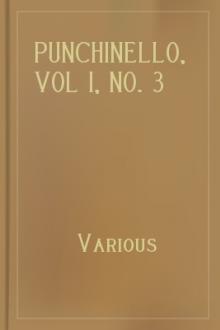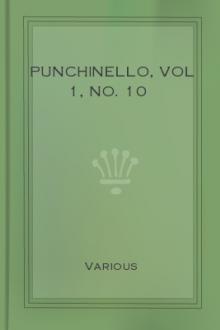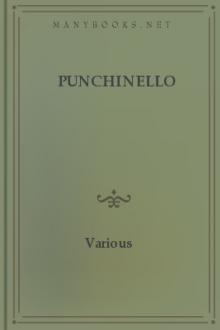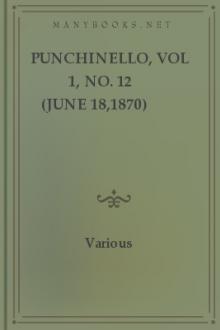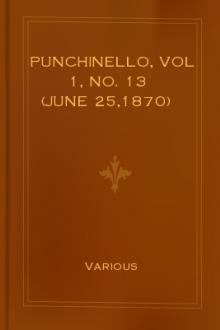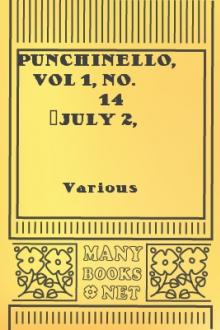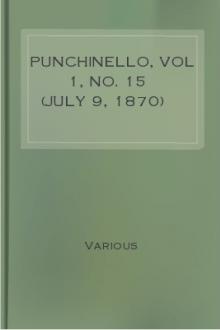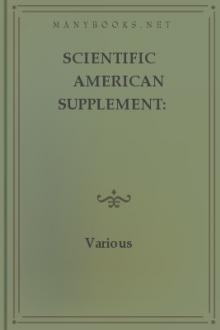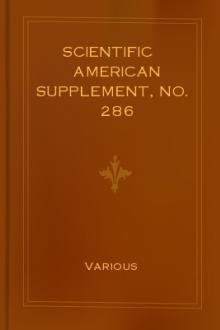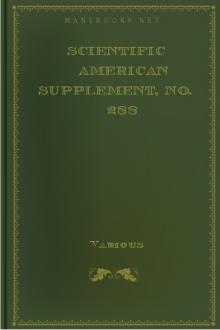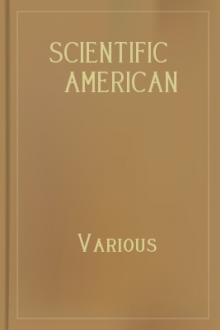Scientific American Supplement, No. 299 (Sept 24, 1881)
Scientific American Supplement, No. 299 (Sept 24, 1881)
Book Excerpt
it must be remembered that
there are two points at every join in the wire. M. Bede insists strongly
upon the uselessness of terminating lightning conductors in wells,
or even larger pieces of water. The experiments of MM. Becquerel
and Pouillet proved that the resistance of water to the passage of
electricity is one thousand million times greater than that of iron;
consequently, if the current conveyed by a wire one square mm. thick
were to be carried off by water without increased resistance, a surface
of contact between the wire and the water of not less than 1,000 square
meters must be established.
It is obvious that a wire let down into a well is simply useless. On the two-fluid theory, it offers no effectual way of escape to the terrestrial electricity; according to the older views, it would be absolutely dangerous, by attracting more electricity from the clouds than it could dispose of. The author advocates connecting lightning conductors with water or gas pipes, which have an immense surface of cont
FREE EBOOKS AND DEALS
(view all)Popular books in Periodical
Readers reviews
0.0
LoginSign up
Be the first to review this book
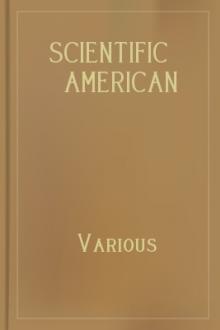
 Free Download
Free Download











